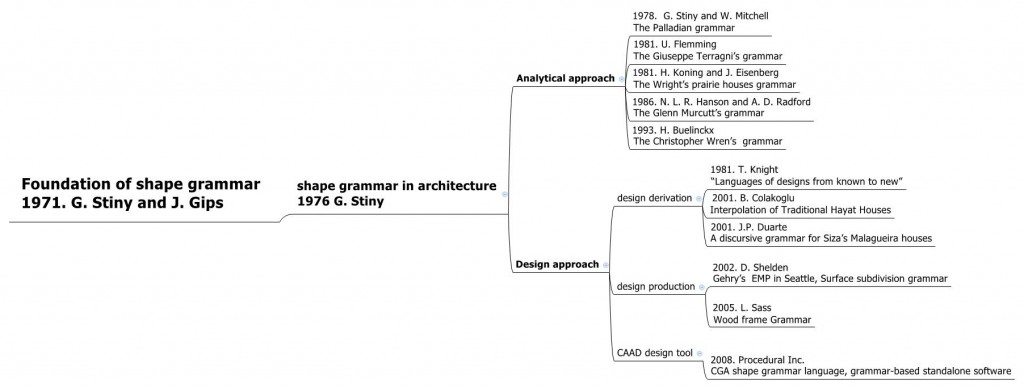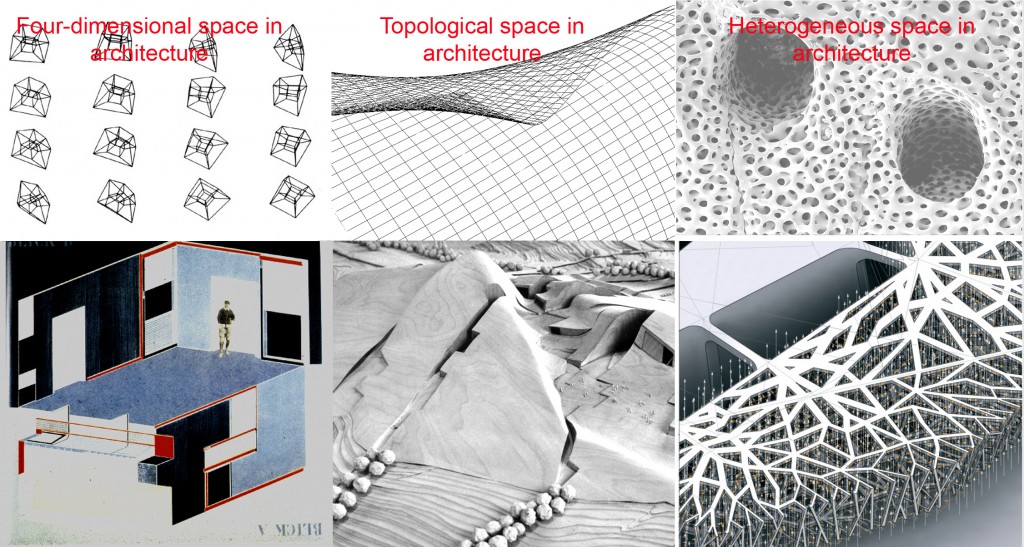Tepavčević B., Stojaković V., 2012. , Facta Universitatis Series: Architecture and Civil Engineering Vol. 10, No 2, 2012, pp. 169‐ 178.
Abstract: In the past decade, digital technologies had a great impact on contemporary architectural practice, design and theory. CAD/CAM technologies opened up new opportunities by allowing design and production of complex geometric shapes. One of the first applications of computational process in architecture was based on using shape grammars, a rule-based expert systems in artificial intelligence generating geometric shapes. Early applications of shape grammars in art and architecture started shortly after its invention during the 70ies and 80ies of the XX century, however, their potential as a generative design tool still has not been fully exploited in practice. Despite their popularity in academic circles, shape grammars have not found a widespread place/usage in computer aided architectural design. Role of shape grammar as a generative design and analysis tool and their influence on contemporary architectural design and theory are examined in this paper. Also, new and ongoing issues concerning shape grammars are discussed in order to indicate further directions of their usage.
Online version of article:
Shape grammar in contemporary architectural theory and design

